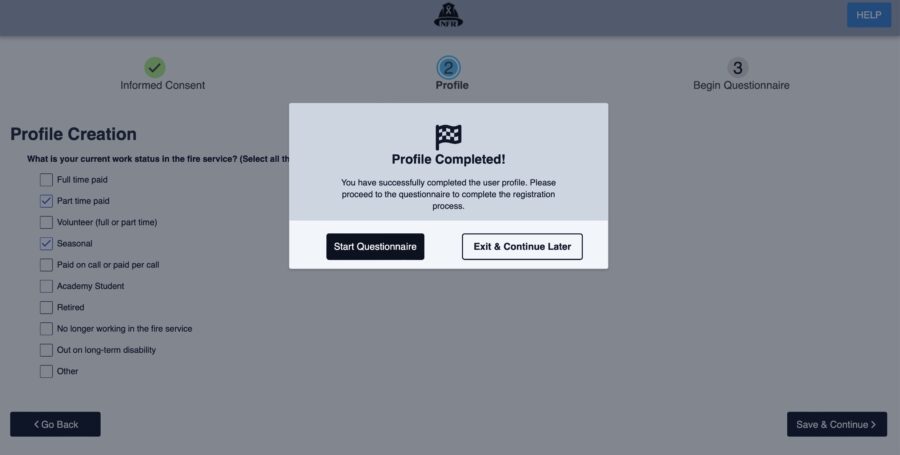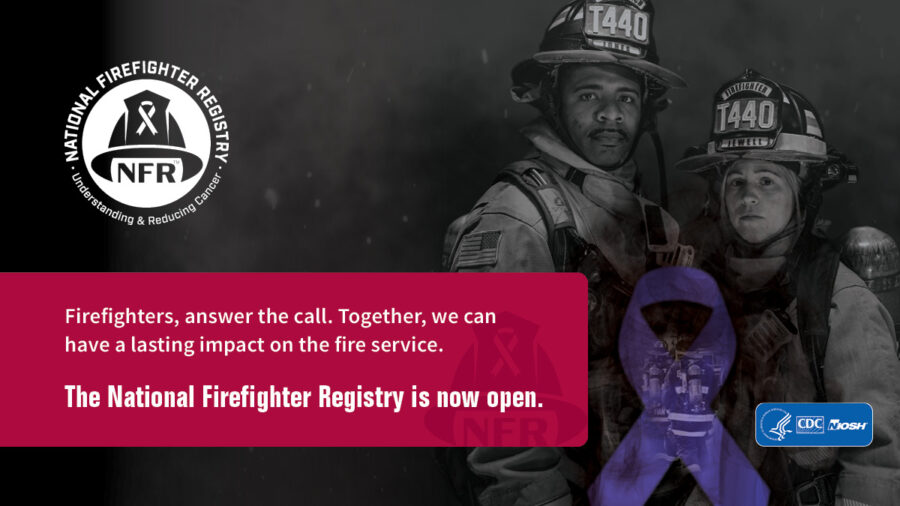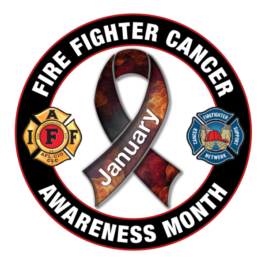The National Firefighter Registry (NFR) officially opens its enrollment portal today after a few months in pre-launch testing and years of preparation by the National Institute for Occupational Safety and Health (NIOSH). Wildland and structural firefighters who register and share their exposure histories at NFR.cdc.gov will help support the NFR’s goal of understanding and reducing cancer in firefighters.
The registry seeks comprehensive participation and notes four objectives that firefighters will support by enrolling:
-
-
- “Help protect your brothers and sisters in the fire service from developing cancer
- “Help lessen the impact of cancer on firefighters’ families and friends
- “Pave the way for new health and safety measures to keep the next generation of firefighters safe
- “Improve understanding of cancer risk among minority, female, and volunteer firefighters, as well as groups like wildland firefighters”
-
To develop comprehensive and ongoing analyses of risks and illnesses, the NFR encourages participation by all firefighters, structural and wildland, and all statuses — volunteer, on-call, seasonal, full-time, retired, disabled, with or without a cancer diagnosis.
While the images on the registry often focus on structural firefighters, the associated links include background health and cancer information for wildland firefighters and a web page focused on outdoor workers and smoke.
Bill Gabbert wrote many articles in Wildfire Today covering the genesis and progress toward the National Firefighter Registry (also referred to as the “cancer registry”). One article shared Kathleen Navarro’s “A Brief Look” at cancer and health risks for wildland firefighters, which notes an estimated 8-43% increased chance of lung cancer and a 16-30% increased risk of heart disease mortality among wildland firefighters. Gabbert died of cancer in January.
For agencies and organizations seeking to support enrollment, a communications portal offers a range of print and social media messages.
One suggestion when registering: gather up your experience records first. I completed the first three registration stages (the “profile” stage) in around 10 minutes and then took a break to collect some notes on seasons of service and types and amount of exposure. A registrant can step aside from the profile stage of the portal and continue later, but once you enter details of your fire experience in the “experience” stage of registration, you aren’t able to edit it.
Recording an accurate representation of work and fire experience is a core component of the registry, which seeks to create a database of fire experience, firefighter’s risk exposure and long-term health effects. This has proven a challenge for researchers examining the higher prevalence of cancer occurrence among firefighters.
This can be particularly challenging with wildland firefighters serving on seasonal assignments (and with seasonal exposure to many varieties and quantities of smoke and other potential fireline-related carcinogens). The registry includes questions that may assist in determining wildland smoke exposure, including a firefighter’s role in fire — such as hand crew, engine crew, aviation, etc.; firefighter or fire manager; and the duration and type of fires (wildfire vs. prescribed) that a firefighter responded to on average, by the specific positions held. The experience questionnaire includes most varieties of fire experience, including wildland-urban interface as compared to wildfires. The experience and personal demographic sections may take from 20-30 minutes to complete, longer if you’d had a variety of positions and fire experience in your career.

The document below shares a step-by-step process. Note that the consent is in-depth, in part to ensure participants that their shared information will be kept confidential. Survey questions include general health and demographic questions, including a history of tobacco or alcohol use and workplace but non-fire exposure to potential carcinogens.
Once a firefighter is registered, an anonymized tracking system in state cancer registries will link a cancer diagnosis (if one occurs) to the last four digits of a social security number, which will then correlate the diagnosis with the NFR data that includes the firefighter’s experience and exposure. In some cases, NIOSH may connect with a registered firefighter to seek voluntary participation in additional research.
[pdf-embedder url=”https://wildfiretoday.com/wp-content/uploads/2023/04/How-to-signup-for-Firefighter-Registry.pdf” title=”How to signup for Firefighter Registry”]


 EMS members who have been diagnosed with cancer. The
EMS members who have been diagnosed with cancer. The